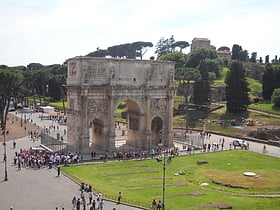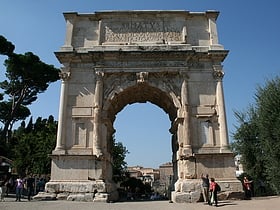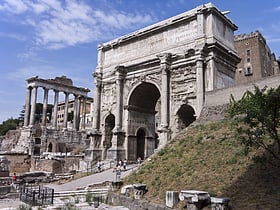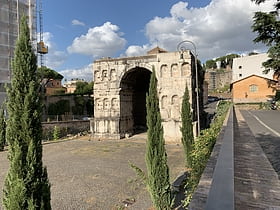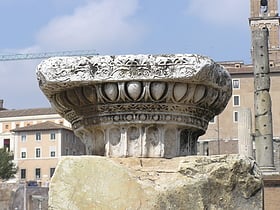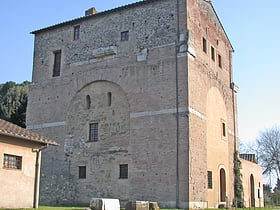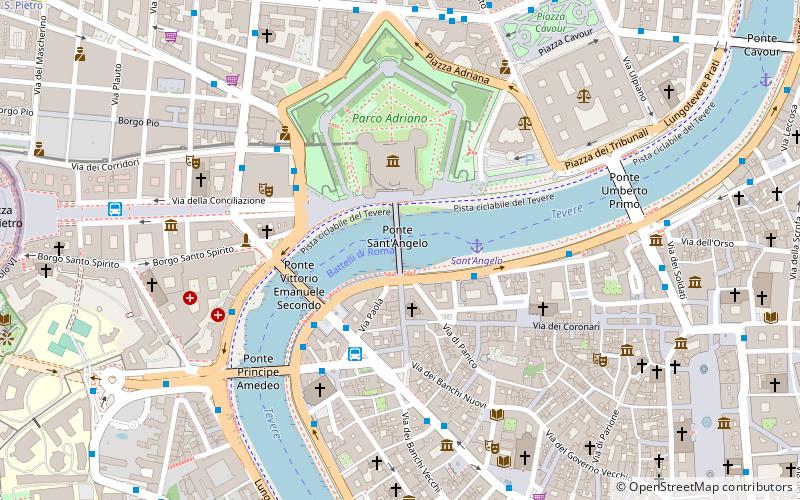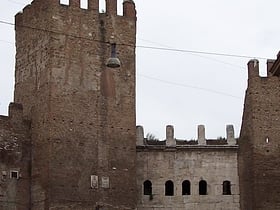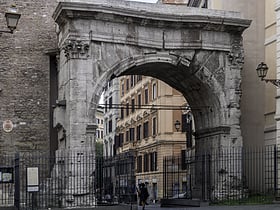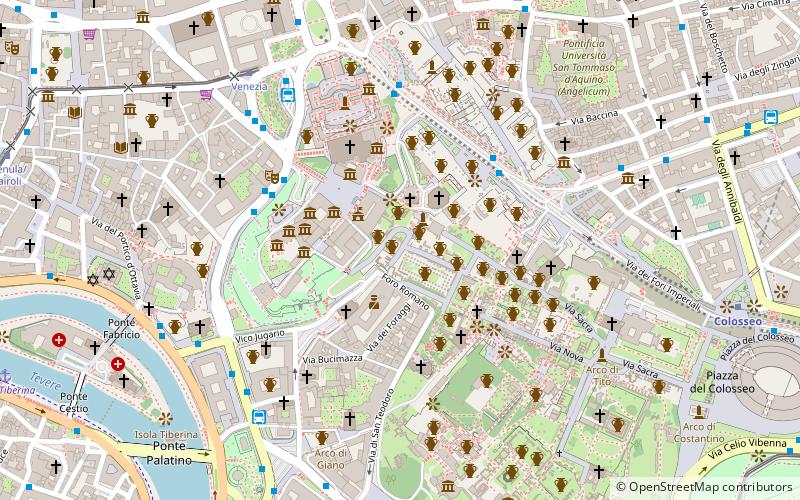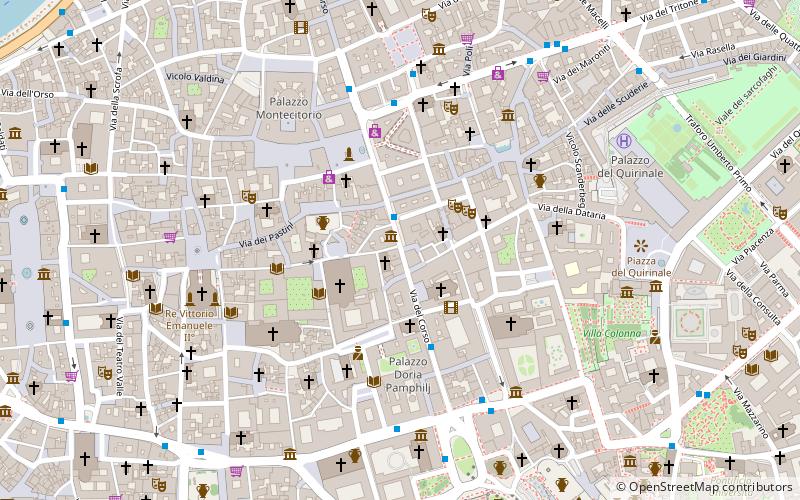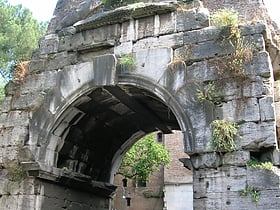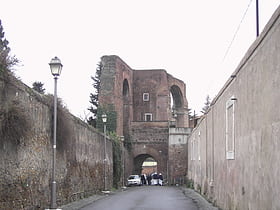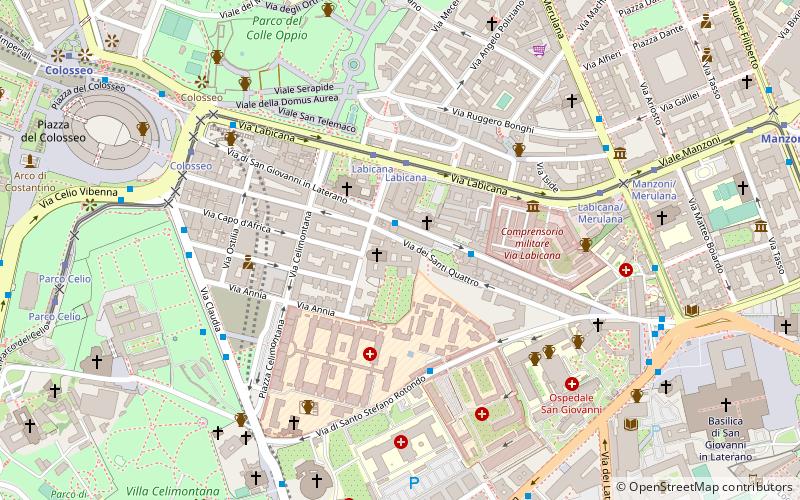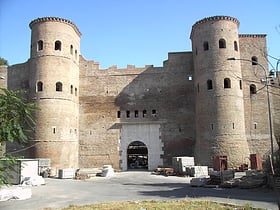Rome: Arch
Places and attractions in the Arch category
Categories
- Church
- Baroque architecture
- Historical place
- Museum
- Palace
- Sacred and religious sites
- Vernacular architecture
- Architecture
- Street
- Art museum
- Ancient Roman architecture
- Ruins
- Fountain
- Park
- Monuments and statues
- History museum
- Square
- Bridge
- Temple
- Renaissance architecture
- Neighbourhood
- City gate
- Romanesque architecture
- Specialty museum
- Arch
- Theater
- Cemetery
- Catacombs
- Archaeological site
- Historic walking areas
- Concerts and shows
- Sport
- Sport venue
- Giacomo della Porta
- Hill
- Gianlorenzo Bernini
- Art gallery
- Tomb
- Francesco Borromini
- Shopping
- Natural attraction
- Archaeological museum
- Martino Longhi il Vecchio
- Unesco
- Carlo Maderno
- Library
- Carlo Rainaldi
- Spiritual
- Opera
- Arenas and stadiums
- Aqueduct
- Nature
- Modern art museum
- Mausoleum
- Obelisk
- Giovanni Battista Soria
- Giovanni Antonio De Rossi
- Tower
- Forts and castles
- Music venue
- Garden
- Golf
- Hotel
- Gothic Revival architecture
- Nightlife
- Baths
- Amusement park
- Memorial
- Shopping centre
Arch of Constantine
Grand Roman arch built in 315 The Arch of Constantine is an ancient monument that stands as a testament to the grandeur of Roman architecture and the legacy of Emperor Constantine the Great. Located in the heart of Rome, near the Colosseum, this triumphal arch was erected to commemorate...
Arch of Titus
1st-century Roman triumphal arch The Arch of Titus stands as an enduring emblem of ancient Roman triumph and architectural mastery. Located in the heart of Rome, Italy, this 1st-century arch was constructed in 82 AD by Emperor Domitian to honor his late brother Titus and commemorate his victories...
Arch of Septimius Severus
Triumphal archway dating from 203 AD Standing proudly in the heart of Rome, the Arch of Septimius Severus is a monumental triumphal arch that has withstood the test of time. Erected in 203 AD, this ancient structure commemorates the Roman victories of Emperor Septimius Severus and his two sons against the...
Arch of Janus
The Arch of Janus is the only quadrifrons triumphal arch preserved in Rome. It was set up at a crossroads at the northeastern limit of the Forum Boarium, close to the Velabrum, over the Cloaca Maxima drain that went from the Forum to the River Tiber.
Arch of Augustus
The Arch of Augustus was the triumphal arch of Augustus, located in the Roman Forum. It spanned the Via Sacra, between the Temple of Castor and Pollux and the Temple of Caesar, near the Temple of Vesta, closing off the eastern end of the Forum.
Arco di Malborghetto
The Arch of Malborghetto is an Ancient Roman quadrifrons arch located nineteen kilometres north of Rome on the via Flaminia. Today, because of reuse over the centuries, it is part of a mass of construction which appears to be a Medieval structure at first sight.
Porta Aurelia-Sancti Petri
The Porta Aurelia-Sancti Petri was one of the gates of the Aurelian walls in Rome. It was originally called the Porta Cornelia. The Porta Cornelia was immediately west of the bridgehead of the Pons Aelius, the current Ponte Sant'Angelo. This is where the Via Cornelia began, from which the gate took its name.
Porta Tiburtina
Porta Tiburtina or Porta San Lorenzo is a gate in the Aurelian Walls of Rome, Italy, through which the Via Tiburtina exits the city.
Arch of Gallienus
The Arch of Gallienus is a name given to the Porta Esquilina, an ancient Roman arch in the Servian Wall of Rome. It was here that the ancient Roman roads Via Labicana and Via Tiburtina started.
Arch of Tiberius
The Arch of Tiberius was a triumphal arch built in 16 AD in the Forum Romanum to celebrate the recovery of the eagle standards that had been lost to Germanic tribes by Varus in 9 AD. The Roman general Germanicus had recovered the standards in 15 or 16 AD.
Arch of Claudius
The Arch of Claudius was a triumphal arch in Rome built in honour of the emperor Claudius's successful invasion of Britain in AD 43.
Arch of Drusus
The Arch of Drusus is an ancient arch in Rome, Italy, close to the First Mile of the Appian Way and next to the Porta San Sebastiano. The exact origins of the Arch are unclear. It is now generally agreed that it has nothing to do with Nero Claudius Drusus, the conqueror of the Germans.
Porta Caelimontana and Porta Querquetulana
Porta Caelimontana and Porta Querquetulana were two city gates that opened in the Servian Wall in Rome; only the first one is still existing.
Porta Querquetulana
The Porta Querquetulana or Querquetularia was a gateway in the Servian Wall, named after the sacred grove of the Querquetulanae adjacent to and just within it. The grove appears not to have still existed in the latter 1st century BC. The location of the gate is problematic.
Porta Asinaria
The Porta Asinaria is a gate in the Aurelian Walls of Rome. Dominated by two protruding tower blocks and associated guard rooms, it was built between 270 and 273, at the same time as the Wall itself.
Map

